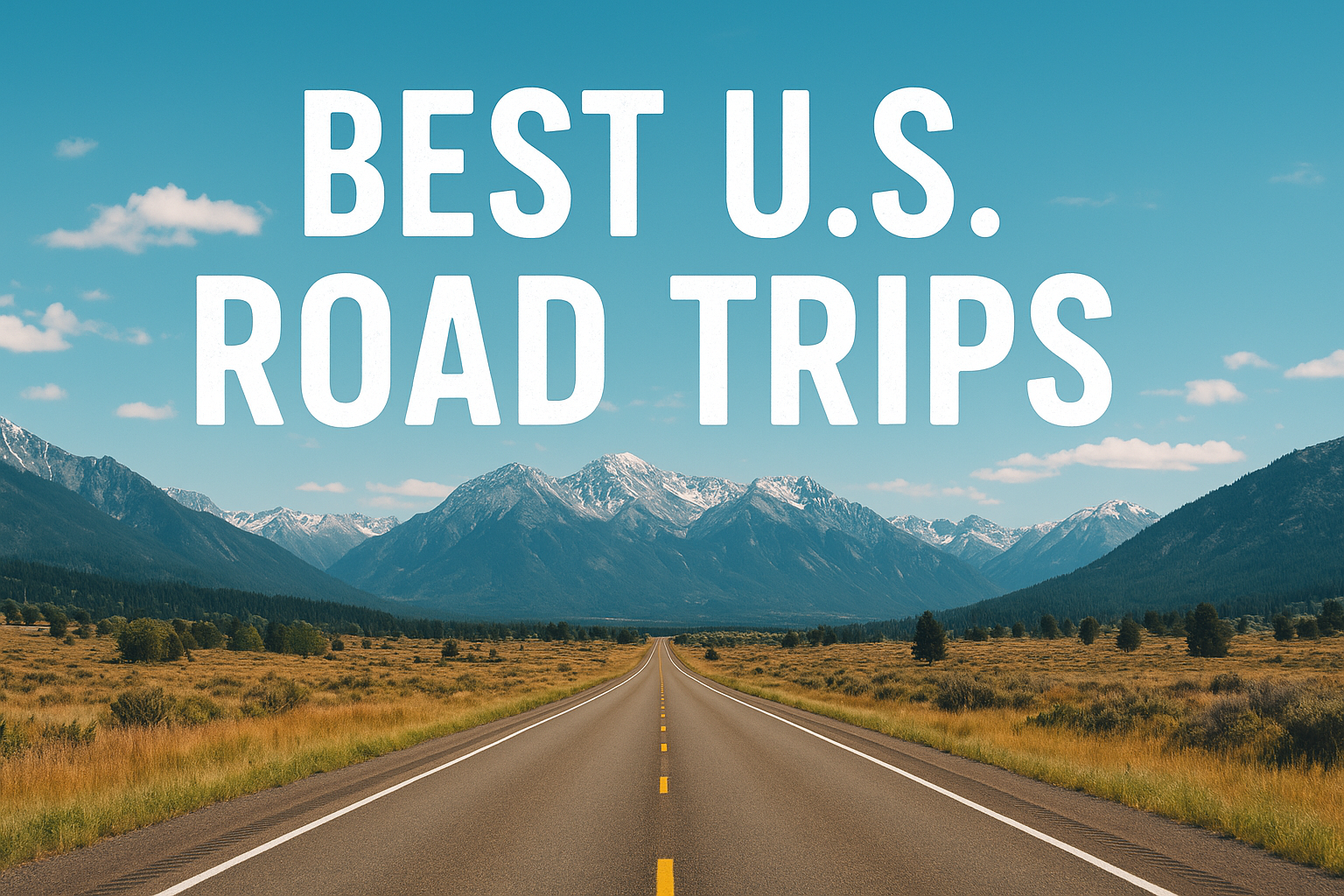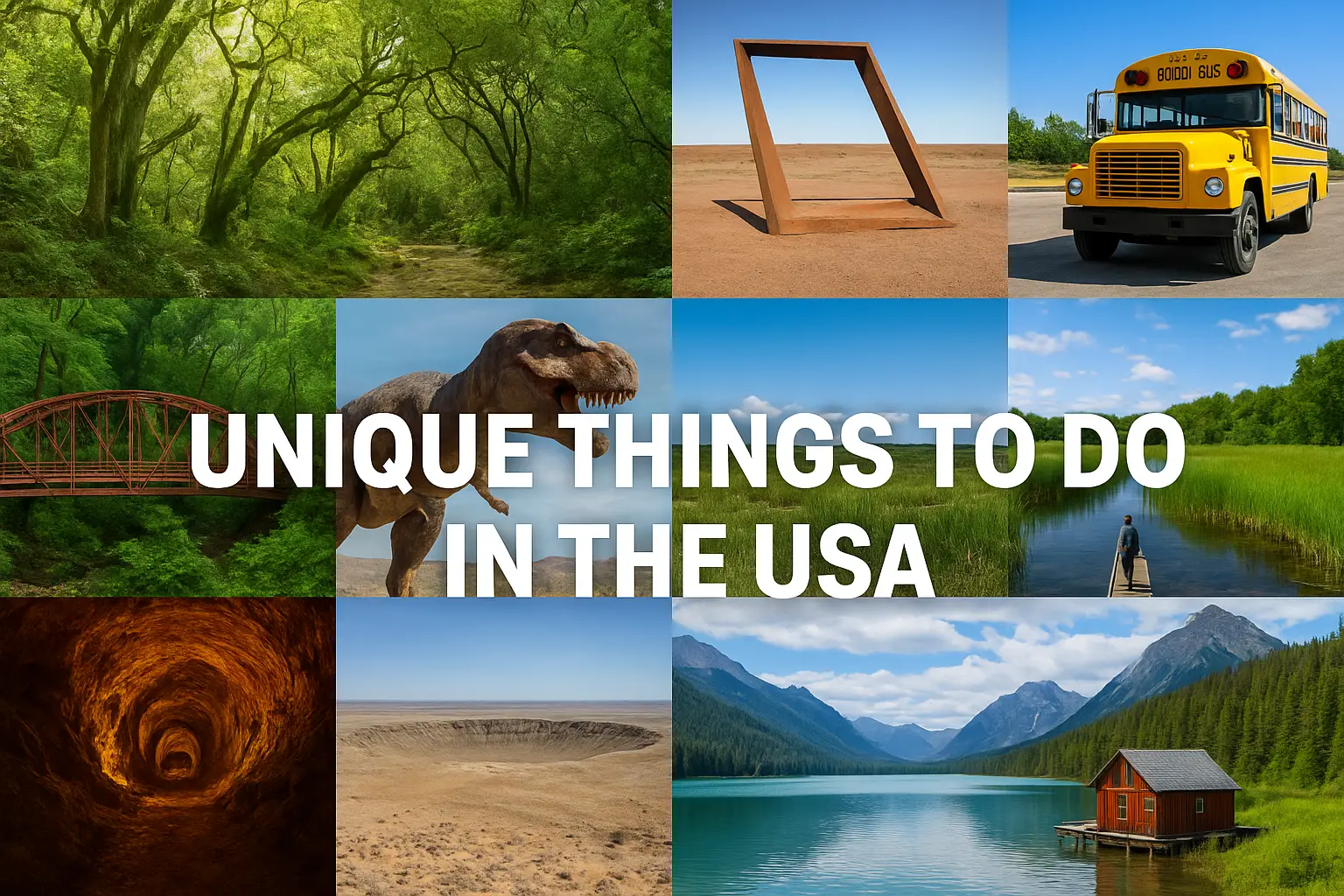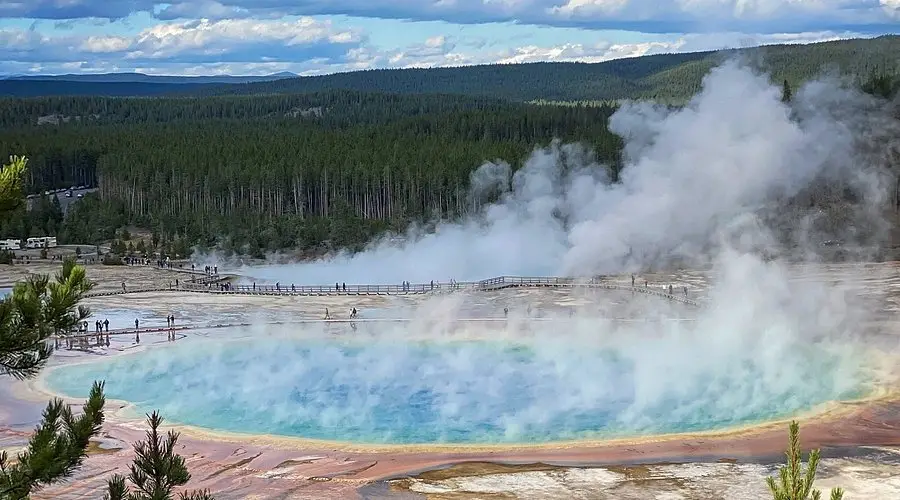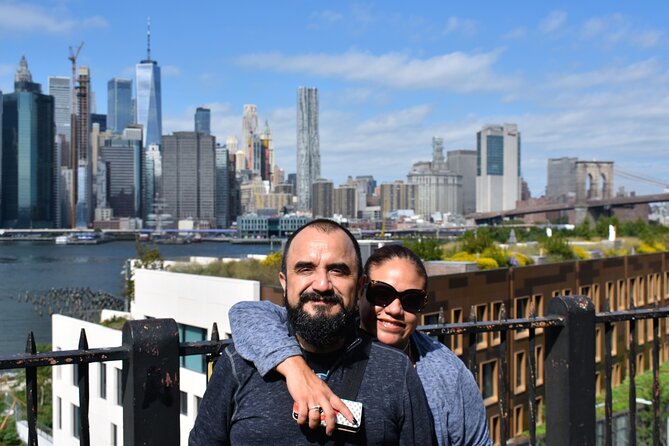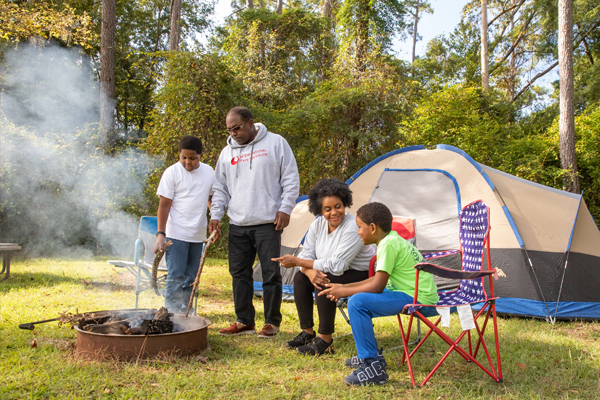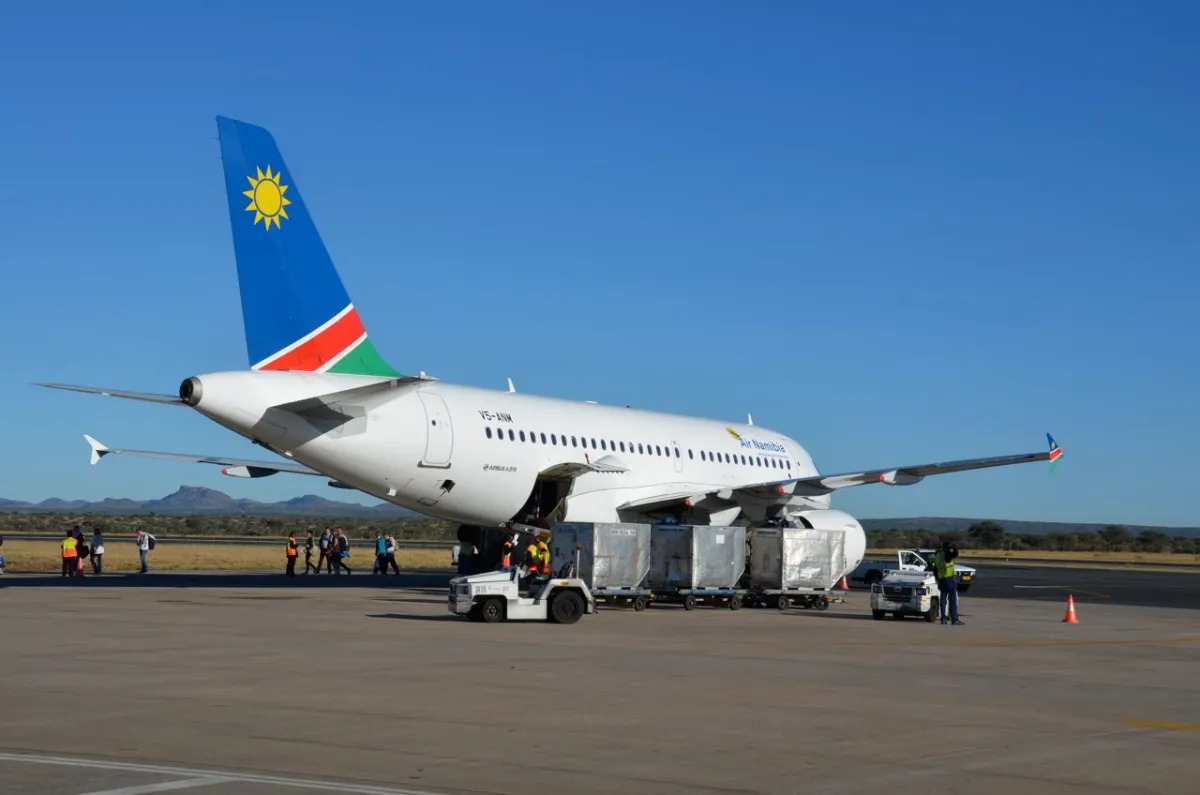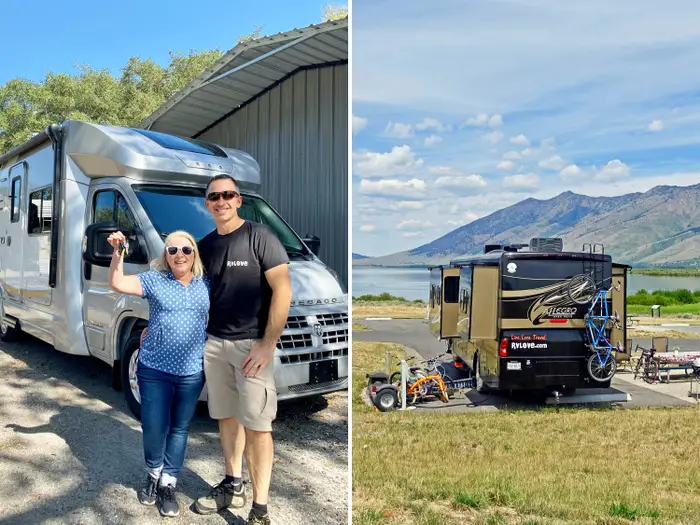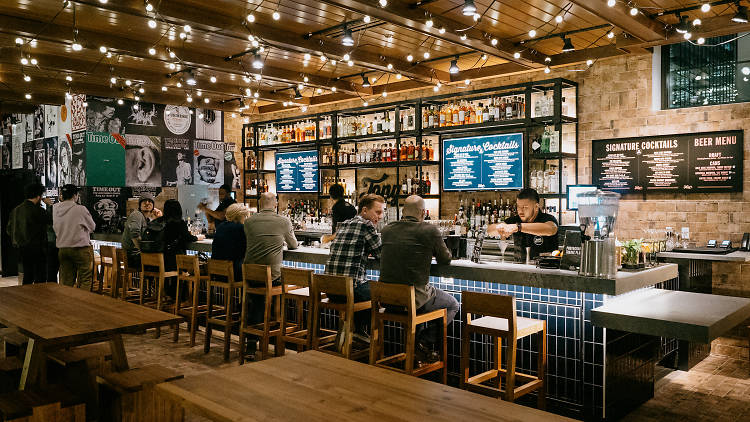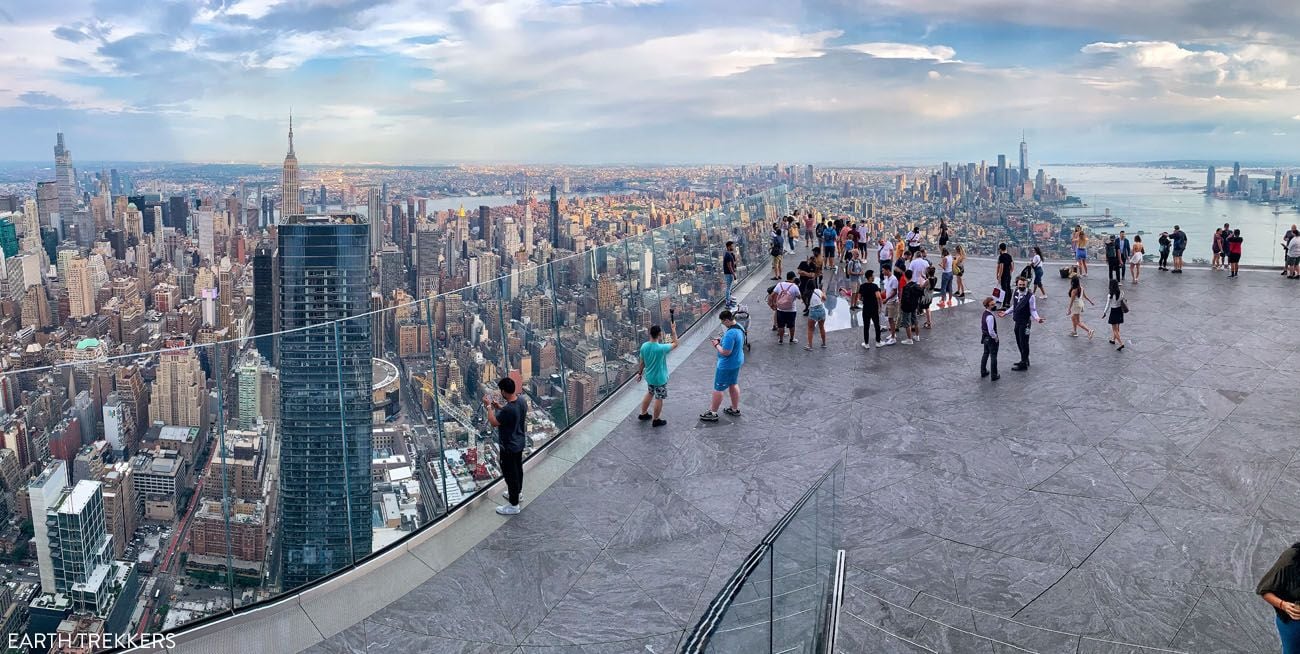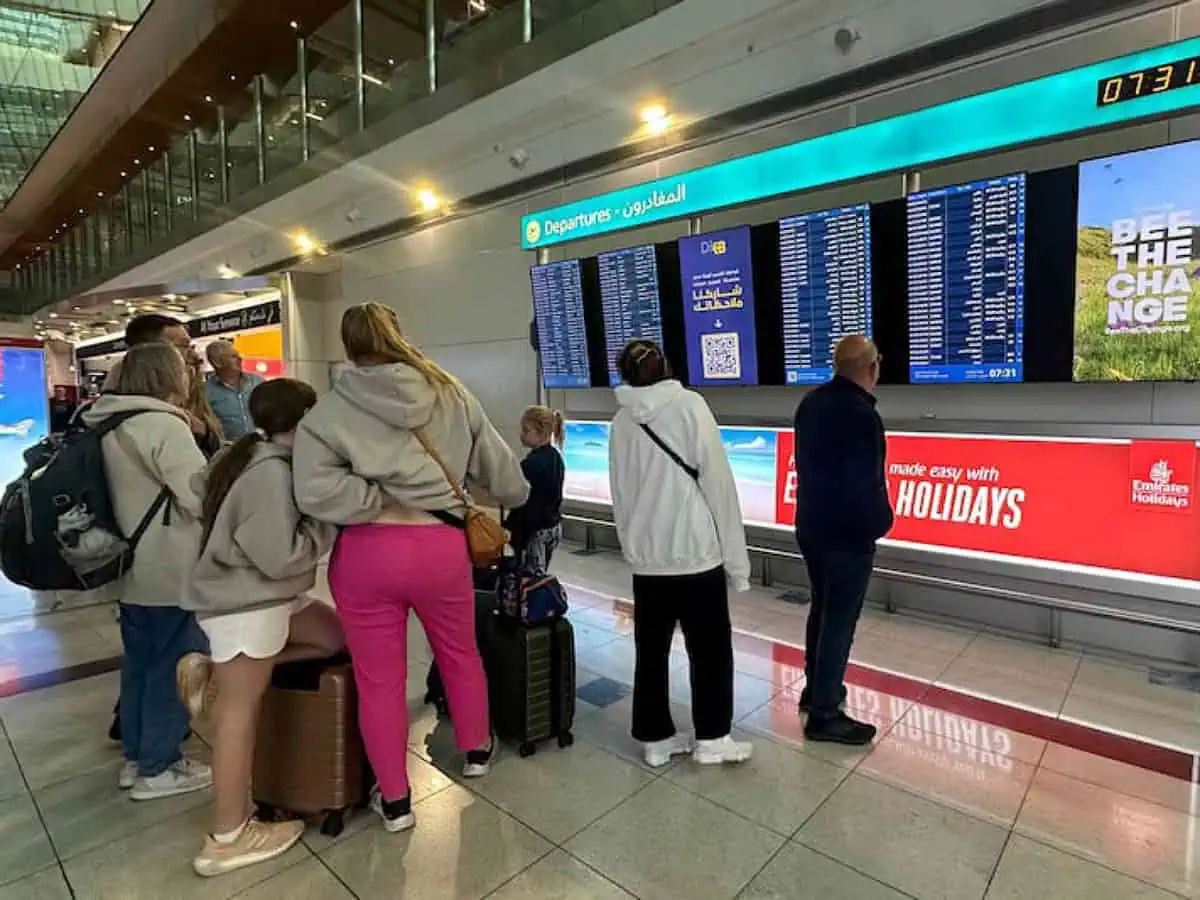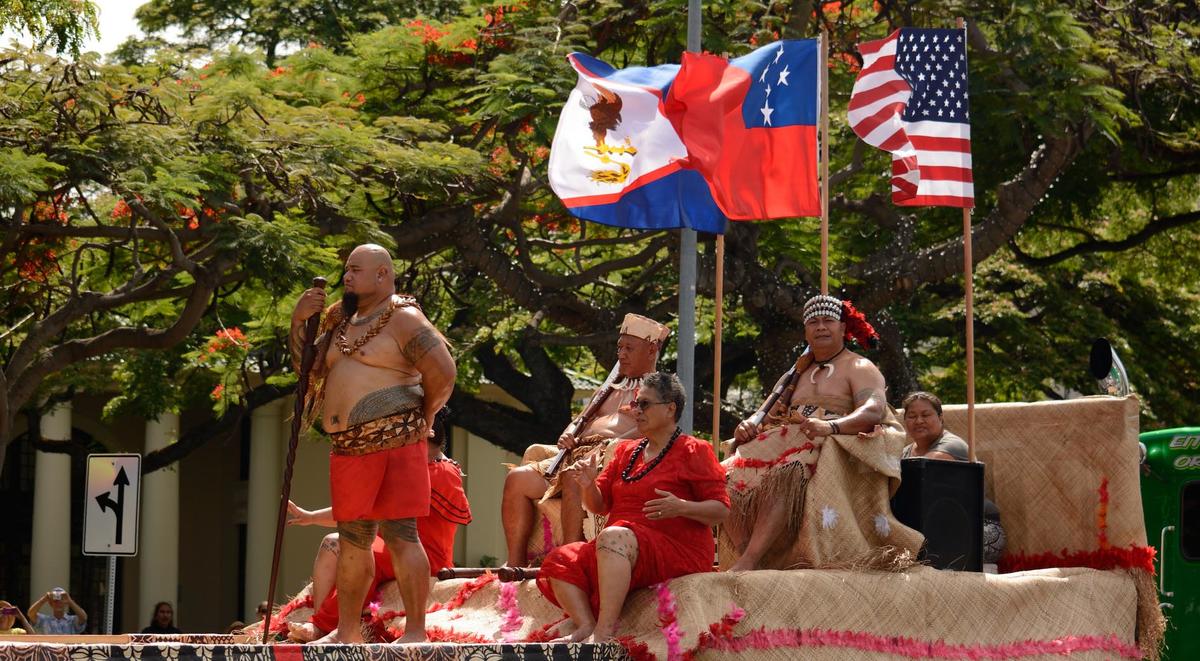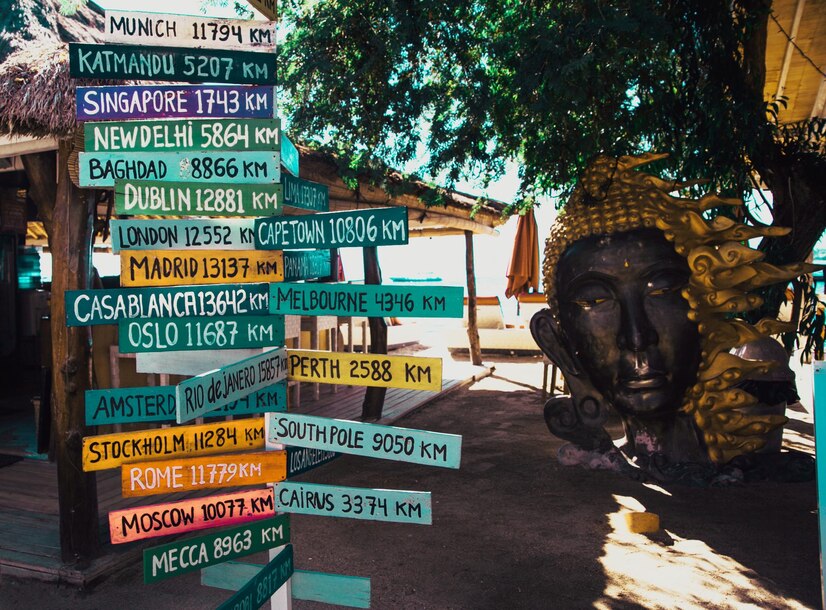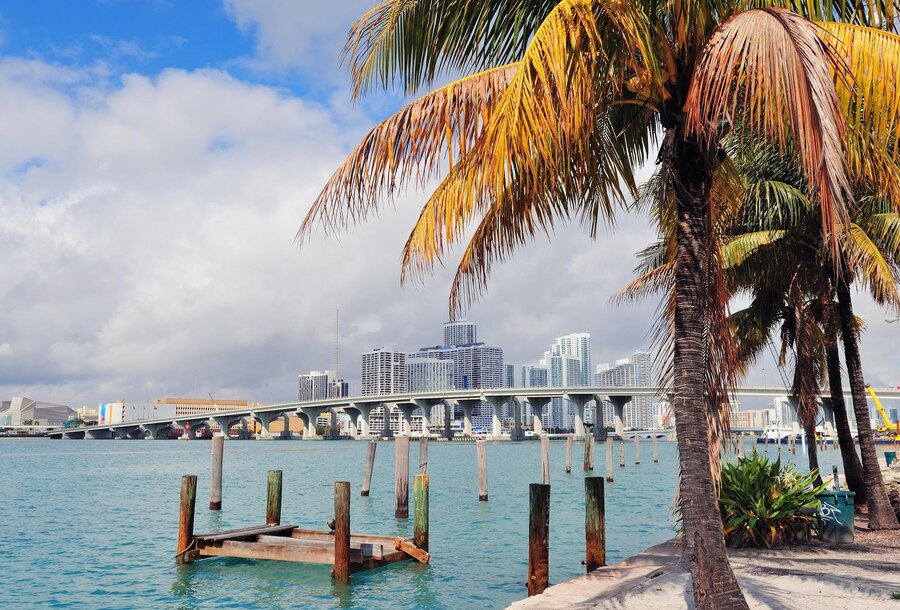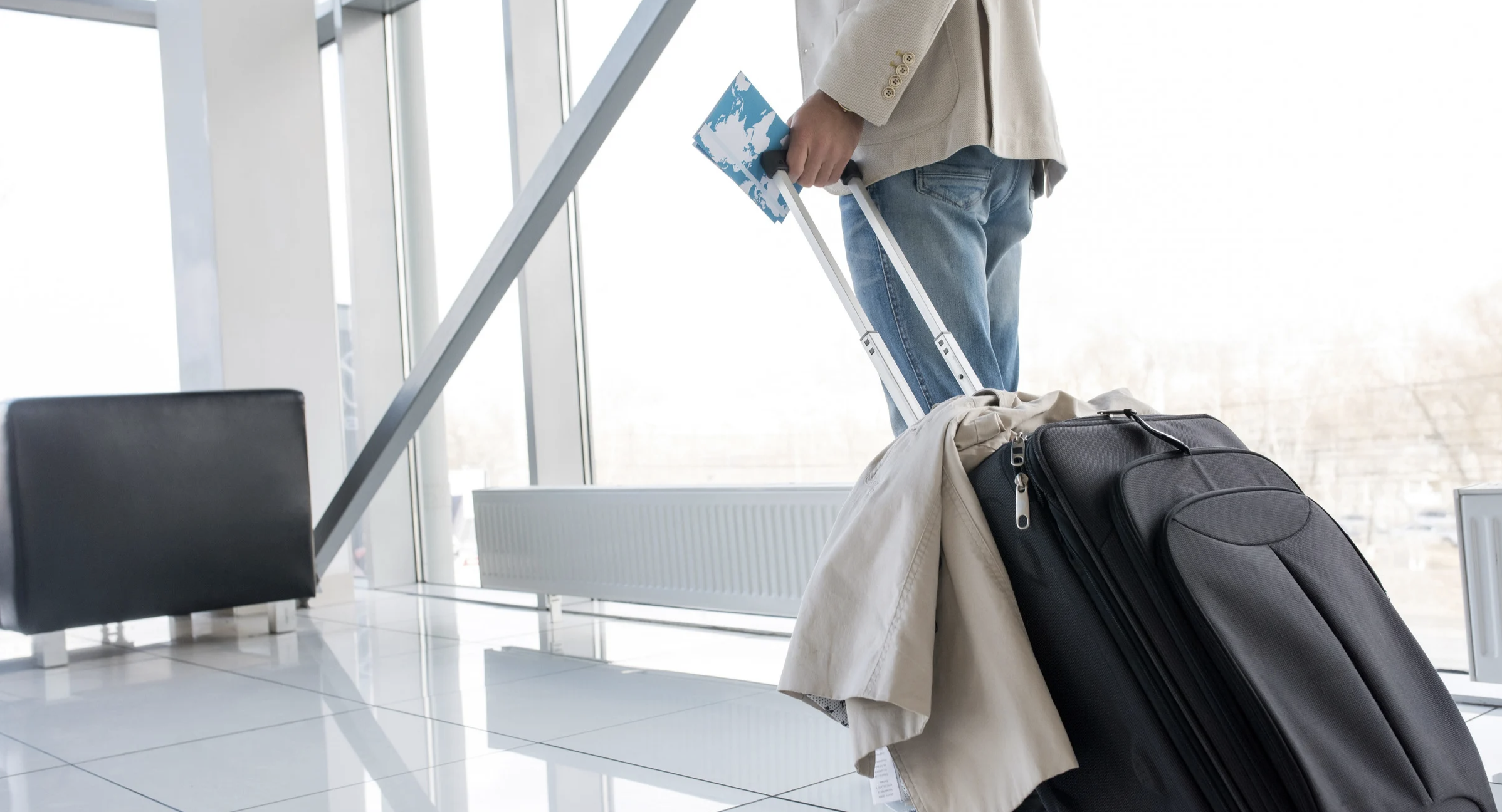
As of 2025, many Canadians are expressing concern about traveling to the United States — and for good reason. New border enforcement procedures, changing entry expectations, and a more aggressive stance on screening have left travelers unsure about what to expect.
Whether you’re heading south for a weekend getaway, visiting family, attending a business conference, or planning a cross-border shopping trip, your experience at the U.S. border may not be as smooth as it once was.
This comprehensive guide — based on insights from veteran immigration lawyer Heather Seagull, who has over 30 years of experience — breaks down the key changes, legal risks, and practical tips to ensure your trip goes off without a hitch.
What’s Changing at the U.S. Border in 2025?
Although the immigration laws themselves haven’t undergone major overhauls, enforcement at U.S. entry points has intensified. According to Seagull, her law office has seen a noticeable uptick in calls from Canadians flagged or turned away at the border.
New Land Border Rules: 30-Day Registration Requirement
If you’re planning to enter the U.S. by land and stay longer than 30 days, a new registration requirement may apply to you. While not yet codified into universal law, it is being selectively enforced, particularly in border-heavy states like New York and Michigan.
Failing to comply could lead to penalties of up to $5,000 or six months in prison.
Travelers must now check whether their trip qualifies for this requirement — especially those staying with family, driving an RV, or planning extended business visits.
Air Travel: Electronic I-94 Forms
For air travelers, the process remains relatively straightforward. When you enter the U.S. via an international airport, you’ll receive an electronic I-94 form — a digital record of your arrival, departure eligibility, and length of stay.
You can download or print this form at any time by visiting the CBP I-94 website. If you’re staying more than 30 days, carry a printed copy with you throughout your visit.
✅ Pro Tip: Google “CBP I-94” and enter your passport number to access your current U.S. travel record.
Traveling for Work? Don’t Wing It
Many Canadians who travel frequently for business have been caught off guard by the heightened scrutiny.
If you’re attending conferences, meeting clients, or conducting any kind of professional activity (even unpaid), carry documentation proving the purpose of your visit. This could include:
-
An invitation letter from a U.S. organization
-
Conference registration details
-
Business cards or employment letters
-
A detailed itinerary
Border agents may ask:
-
“What’s the purpose of your trip?”
-
“How long are you staying?”
-
“Who are you meeting with?”
If your answers sound vague or raise suspicions, and you don’t have paperwork to back them up, you could be denied entry on the spot — even if you’ve visited the U.S. multiple times before.
Best U.S. Entry Points for Canadians in 2025
If you’re nervous about crossing, consider flying into an airport with U.S. pre-clearance facilities. These allow you to clear customs in Canada before boarding your flight, reducing the chances of being turned away after arriving in the U.S.
Top pre-clearance airports include:
-
Toronto Pearson (YYZ)
-
Vancouver International (YVR)
-
Montreal-Trudeau (YUL)
-
Calgary (YYC)
-
Ottawa (YOW)
-
Winnipeg (YWG)
Being denied entry at a land crossing can be more problematic, often involving vehicle searches and longer questioning.
✈️ Flying? Choose pre-clearance for added peace of mind.
Who Might Face Additional Scrutiny at the Border?
Unfortunately, border screenings aren’t applied equally. Certain groups are more likely to face delays, questioning, or secondary screening:
-
Transgender or nonbinary travelers, due to mismatches in gender identity vs. passport data
-
Canadians born in countries currently on U.S. travel watchlists (e.g., Iran, Syria)
-
Permanent residents of Canada who were born in high-scrutiny regions
While there is no official U.S. policy singling out these travelers, anecdotal evidence from legal experts and travelers suggests they’re more likely to face extended questioning — particularly at land crossings or airports in conservative states like Texas, Arizona, and Florida.
Your Devices and Social Media Are Not Off-Limits
The Canadian government issued an advisory in early 2025 reminding citizens that there is no expectation of privacy at an international border.
Here’s what border agents can legally do:
-
Search your phone or laptop
-
Review public and private social media activity
-
Request passwords (though you are not legally required to provide them)
-
Copy or confiscate devices for further analysis
If flagged, your devices may be scanned or copied and your data could be retained in a U.S. government database — with little oversight.
⚠️ Security Tip: Use secure cloud storage and avoid traveling with sensitive materials on your personal device.
What Canadian Travelers Are Saying in 2025
We spoke with several frequent travelers and Canadian expats who reported mixed experiences:
“I fly into L.A. monthly for work. The questions are more detailed now, but with my documentation in order, I’ve had no problems.” — Ayesha M., tech consultant from Toronto
“I was detained at the Detroit crossing for 2 hours with my toddler, just because my partner was born in Iran. We had no issues in the past — this felt very different.” — Reza S., Montreal
“As a nonbinary traveler, I now plan everything through Toronto’s pre-clearance. It’s a safer experience than crossing in Texas or even Buffalo.” — Anonymous, Vancouver
How to Travel Smart Between Canada and the U.S. in 2025
Here’s a quick checklist to make sure your trip goes smoothly:
-
✅ Print your I-94 form if flying and staying more than 30 days
-
✅ Carry proof of intent if traveling for business or extended stays
-
✅ Use pre-clearance airports when possible
-
✅ Secure your digital devices — consider a secondary phone or laptop
-
✅ Check CBP.gov for real-time entry requirements and travel updates
Final Thoughts: Is It Still Safe to Travel to the U.S.?
Yes — but with caution and preparation. Traveling to the United States as a Canadian citizen in 2025 is still possible and often straightforward. Most people cross the border without major issues. But for those who fall into high-risk categories or travel frequently for work, being proactive is essential.
Heather Seagull summarizes it well:
“Permission to enter the U.S. is a privilege, not a right. The more prepared you are, the smoother the process will be.”
So whether you’re planning a quick trip to Seattle or spending the winter in Arizona, go in informed. Be respectful, prepared, and ready to document your travel purpose.
Share Your Experience
💬 Have you crossed the border recently? Did you face additional questions or smooth sailing? Leave a comment below — your insight could help fellow travelers navigate their next trip.
Safe travels! 🇨🇦✈️🇺🇸






